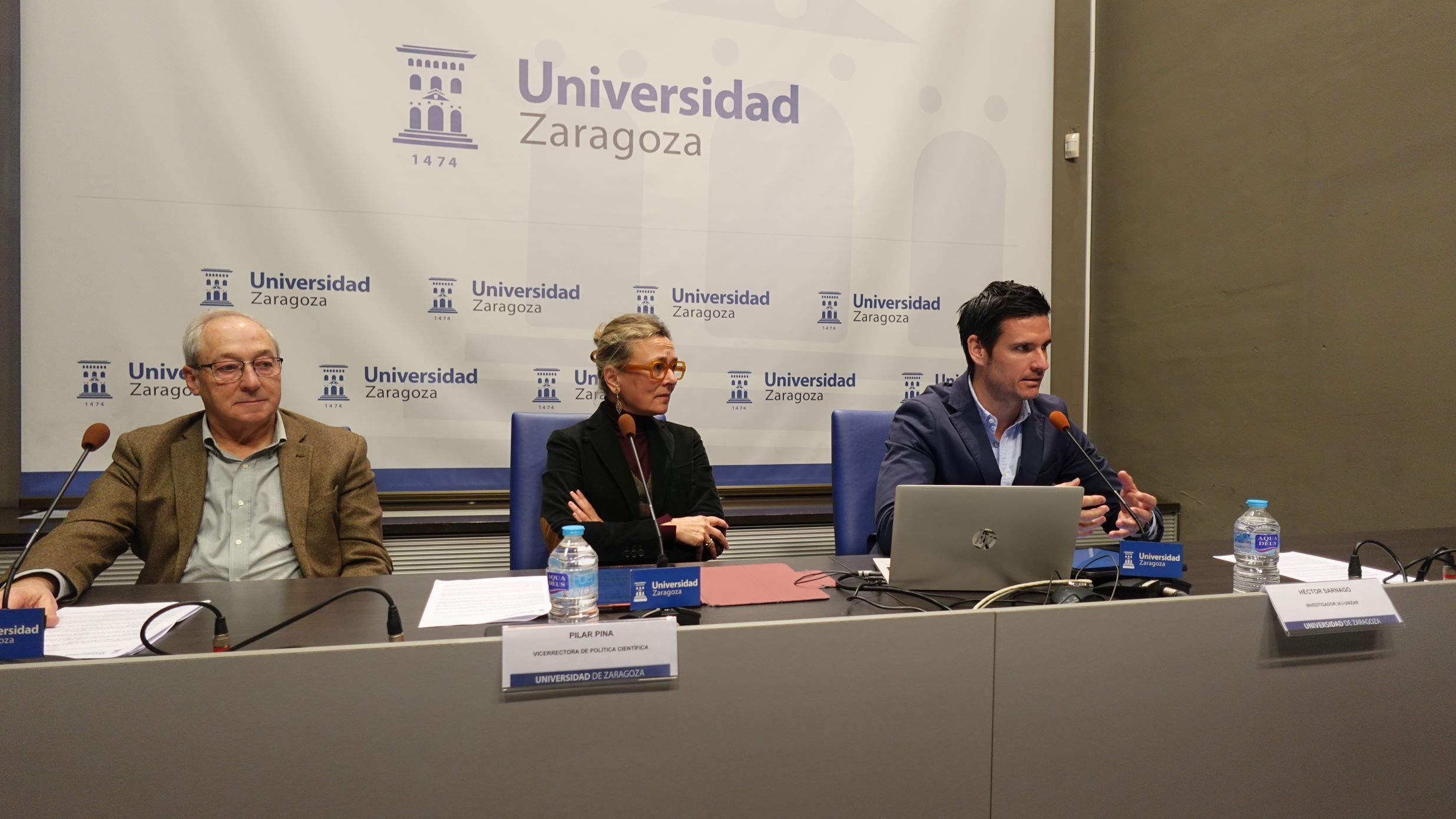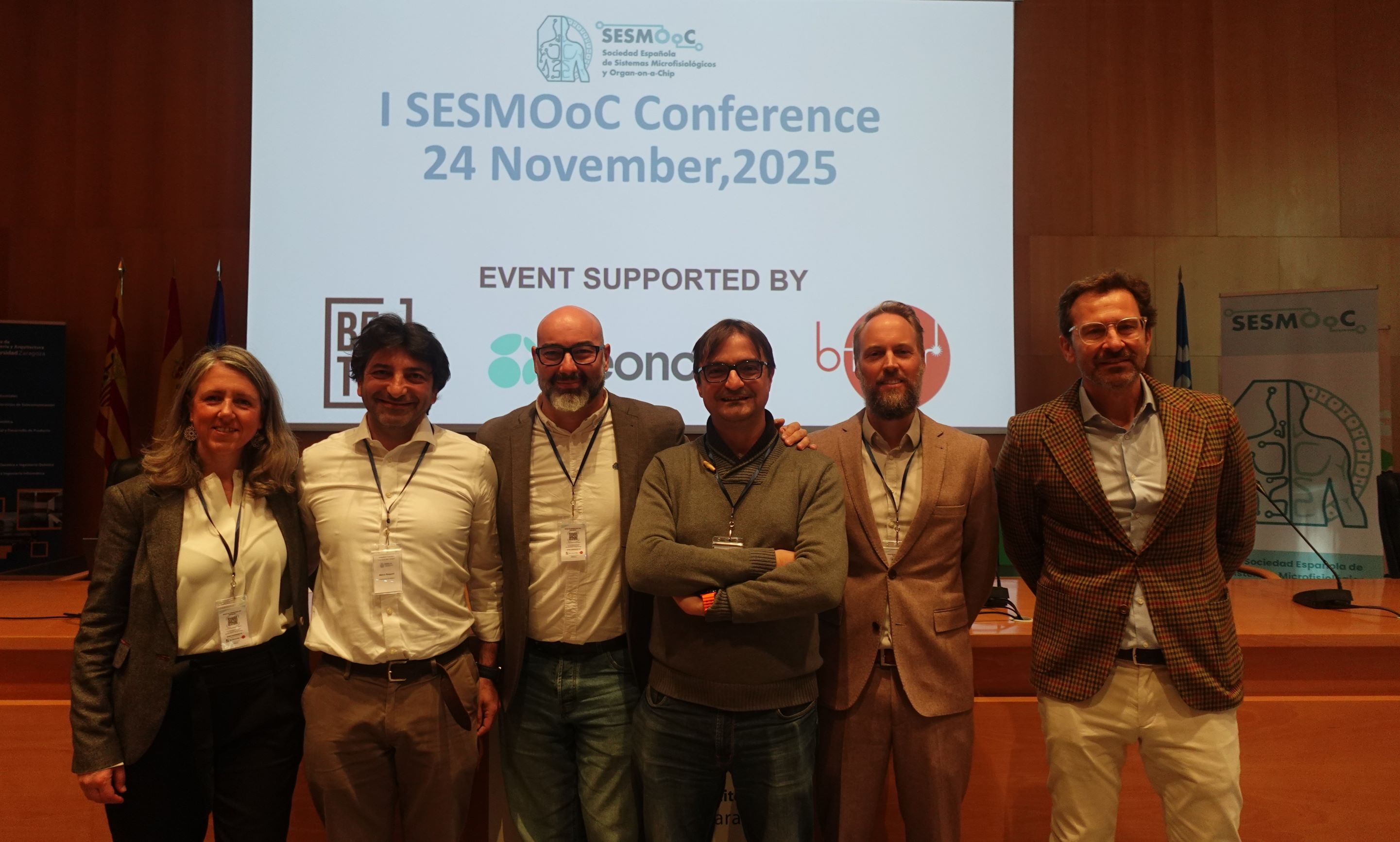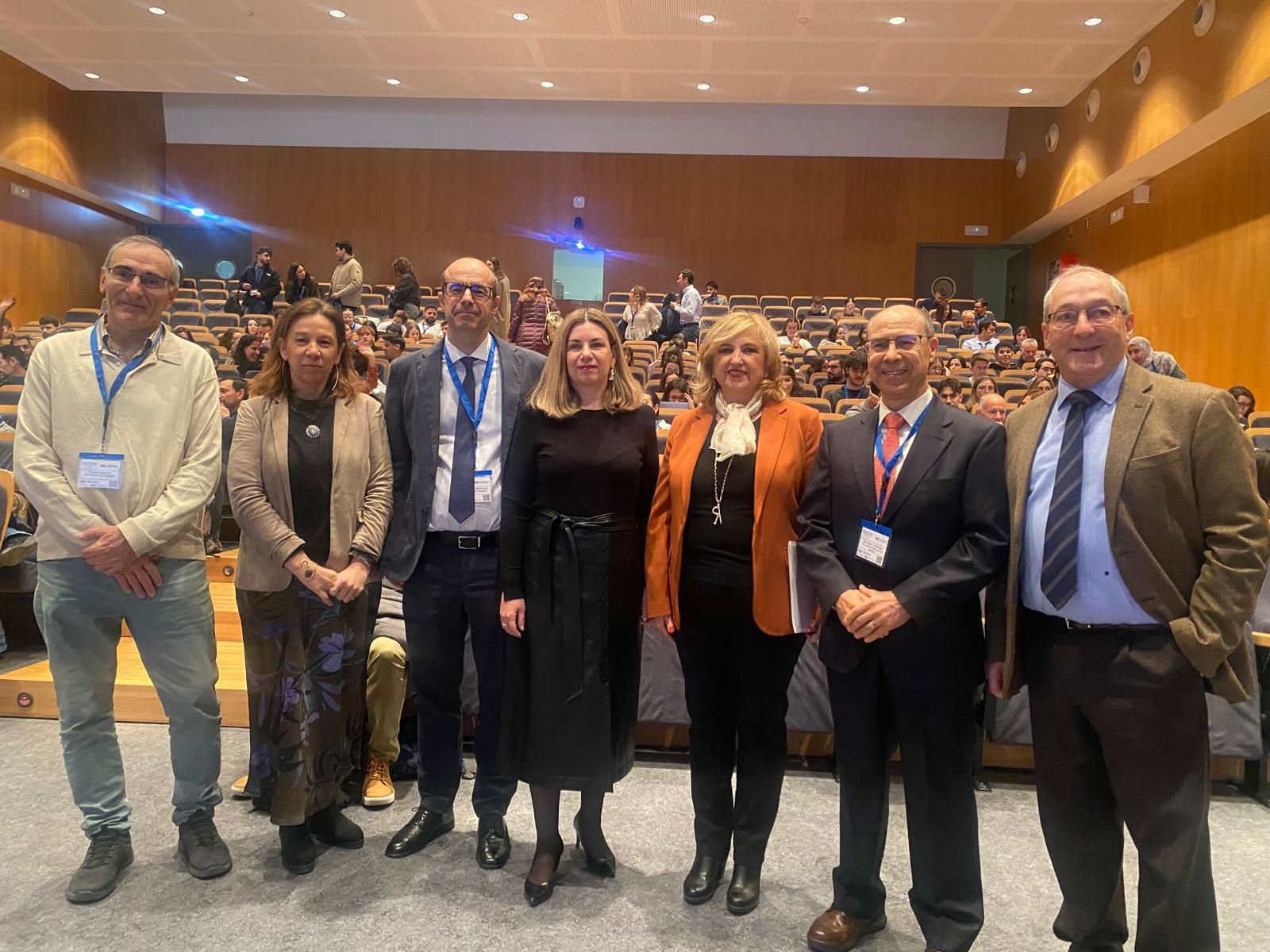Curabone, the European Project led by the I3A research group, Multiscale in Mechanical and Biological Engineering (M2BE) comes to the end, after four years of work to propose specific treatments to patients with different bone problems, using numerical simulation technologies based on image analysis.
Curabone is an Industrial Doctorate managed by the University of Zaragoza and its industrial partner Materialise, in collaboration with other European universities, companies and hospitals. To develop the scientific objectives proposed in this project, five students from Germany, France and Italy have worked hand in hand with the universities, companies and hospitals of the consortium. Likewise, they have made stays and other interdisciplinary training activities and, all of this, has allowed them to interact with other leading international agents in their area of research.
Curabone is an Innovative Training Networks (ITN) Action whose objective is to train a new generation of creative and innovative researchers, capable of transforming knowledge and ideas into products and services for the economic and social benefit of the European Union. These young people are provided with an experience and training that includes the academic and the industrial, so that tomorrow they will be able to combine a professional profile to work in both environments.
Four areas of research
From a research point of view, the focus of Curabone Project is on achieving a predictive methodology to optimize the treatment of bone lesions, specifically for each patient. To do this, they have worked mainly in four areas:
- Musculoskeletal modeling of the knee to improve preoperative planning when placing a knee prosthesis, seeking the greatest benefit for the patient.
- The revision of shoulder prostheses, is aimed at establishing a surgery planning that improves their success rates.
- The design of plates for maxillofacial surgeries using biodegradable metallic materials that are, at this moment, an innovative idea.
- Scaffolds design for personalized bone regeneration with both permanent materials such as titanium and biodegradable materials, from polymers to magnesium.
The members of the Curabone project held the final event last Thursday, February 11, an event that was held online in which they presented the work they have carried out and the balance of the experience of these four years of research.
From the M2BE research group, they value initiative and experience in a very positive way for all students and researchers involved, both professionally and personally. Scientifically, each student project has been a challenge to carry out in their doctoral thesis.
This ITN “Innovative Training Network” is a Marie Skłodowska-Curie action funded by the European Commission (GA 722535), within the H2020 research framework program as part of its Excellent Science base. Its main objective is to train and support a new generation of scientists by providing them with opportunities for professional development and transversal skills.





